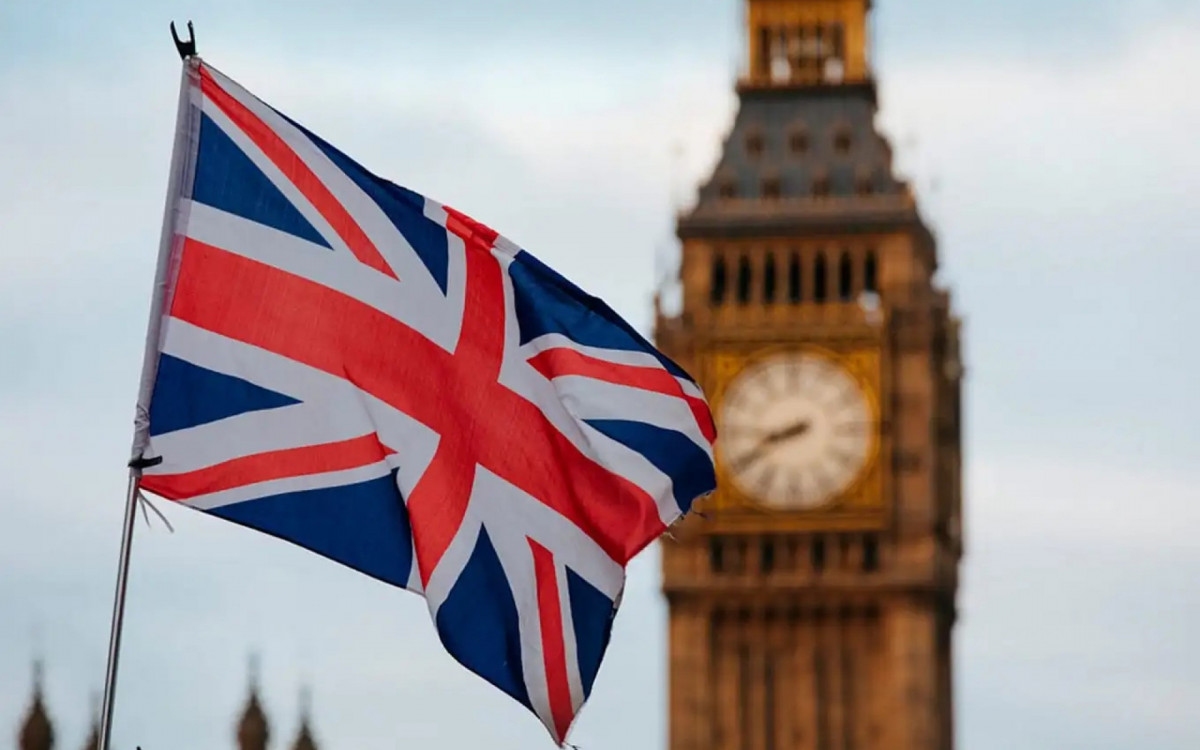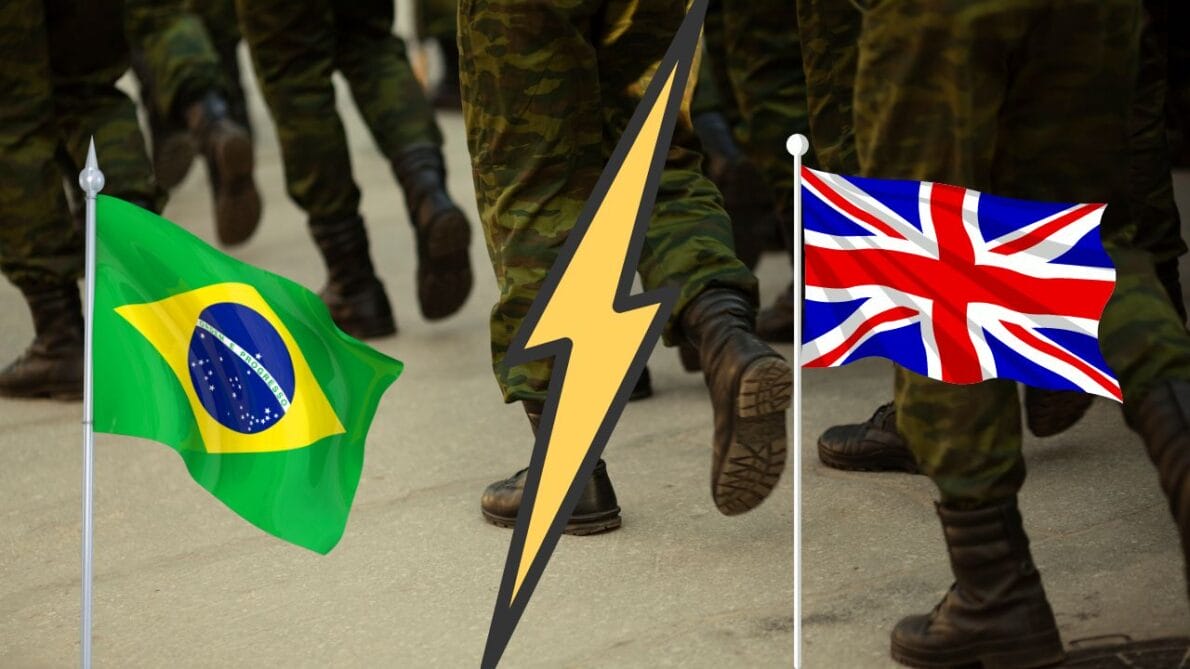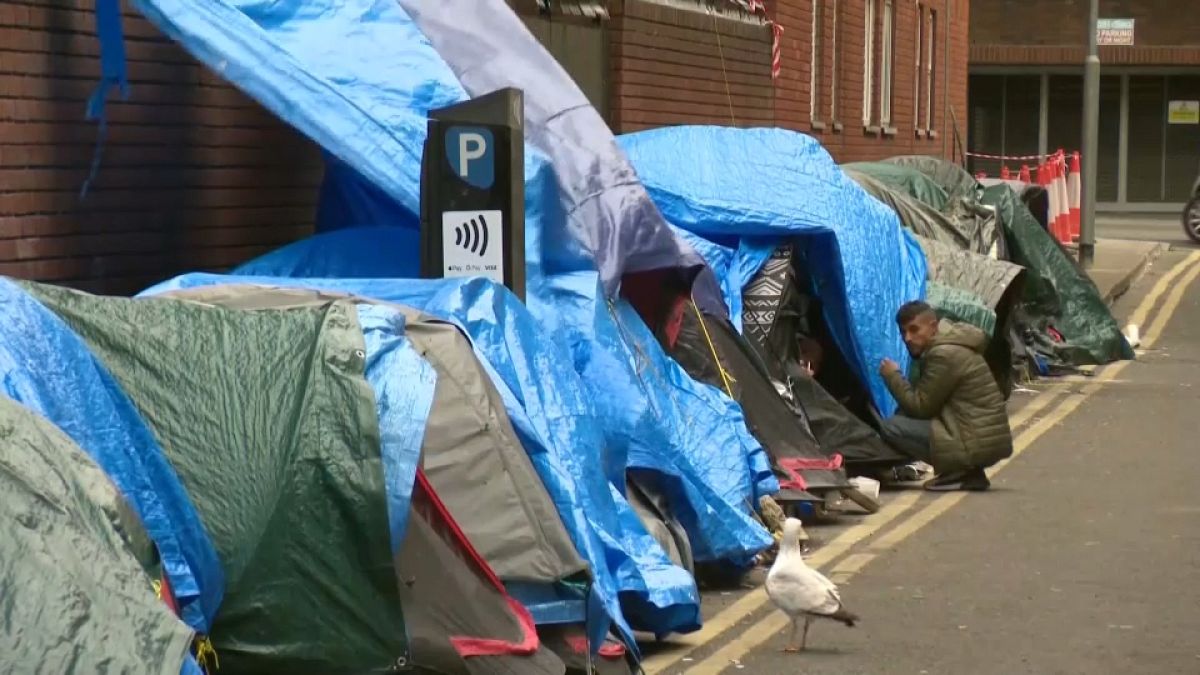
The UK Ministry of Defense has released the latest version of the Advanced Surgical Mannequin (SAM). Using it to train military surgeons can simulate injuries from conflicts – including realistic bleeding.
For those in a hurry:
- The UK Ministry of Defense has introduced the latest version of the Surgical Advanced Manikin (SAM) to train military surgeons;
- SAM was developed over ten years by orthopedic surgeon Ian Pallister and simulates realistic injuries, including bleeding;
- The mannequin is based on CT scans and 3D printed casts of specific injuries such as gunshot wounds and hip injuries;
- SAM consists of “dead” tissue that is removed during training and is capable of simulating respiration, vital signs, and intubation;
- The realistic simulation provided by SAM provides highly effective training for surgeons and medical staff in a field hospital environment.
Invented and developed over ten years ago by major trauma civilian orthopedic surgeon Ian Pallister, the latest version of the SAM is used during highly realistic clinical training conducted by the Army Medical Services Training Center (AMSTC). Hospital for victims.
read more:
SAM models are the result of continuous redesign and development over many years, launched on Royal Navy ships and deployed in terrestrial environments, and these evolving innovations would not have been possible without the close collaboration of colleagues in the medical service. Defense and Security Science and Technology Laboratory.
Professor Ian Pallister, inventor of the realistic mannequin
A (very) realistic mannequin
Training dummies have been around for a long time. Since 1967, when the Sim One robot was developed to teach anesthesiologists, simulation mannequins that mimic symptoms with increasing realism have been used to train physicians, surgeons, nurses, paramedics, emergency medical technicians and first responders.
For the latest version of SAM, realism is part of the design of the mannequin based on CT scans and 3D printed molds of specific injuries. UK Govt.
Traditionally at AMSTC, we use a live actor in make-up to present a list of symptoms and injuries. Professor Pallister’s model more realistically simulates combat injuries requiring surgical intervention.
Colonel Johnny Round, Medical Adviser for Operations Hospital Care, UK Army Medical Services Training
In practice, this means being able to simulate on the mannequin: respiration, various vital signs and intubation. All the while the toy looks like it’s been hit on a realistic battlefield.
The reality of SAM is reaching a point where there is “dead” tissue that can be removed by a trained surgeon. He also bleeds in a human way (eg simulating arterial bleeding).
“Surgeons have the opportunity to perform surgery, and the entire team is trained in a field hospital that reflects the environment in which they will be deployed. With this training, we are proud to be able to provide highly qualified medical teams for surgery,” concludes Colonel Johnny Round.

“Reader. Infuriatingly humble travel enthusiast. Extreme food scholar. Writer. Communicator.”





